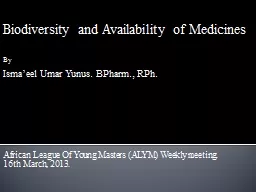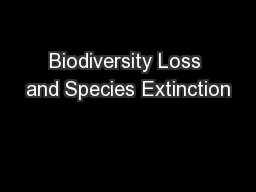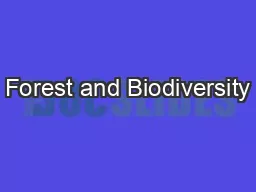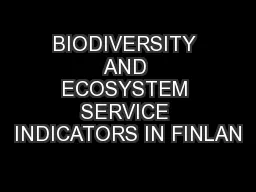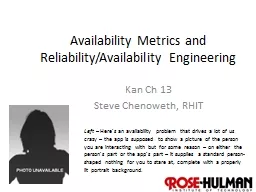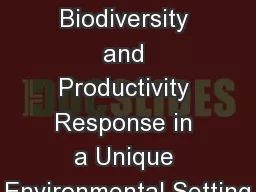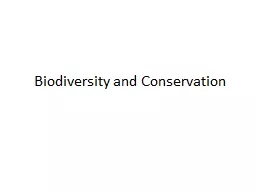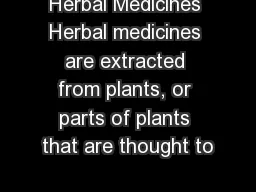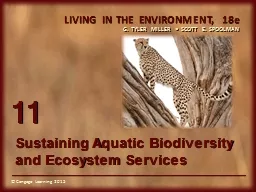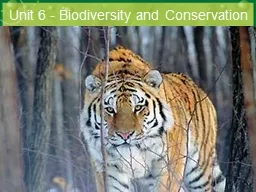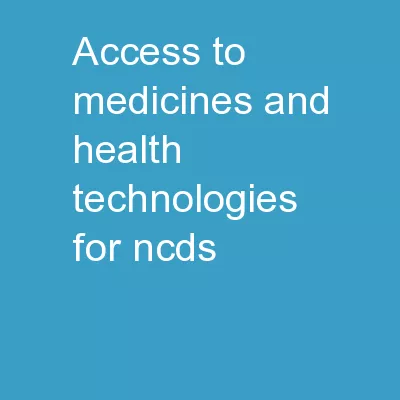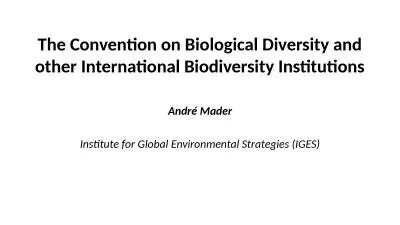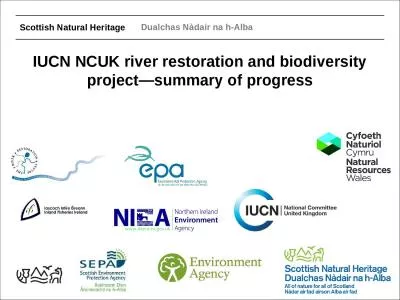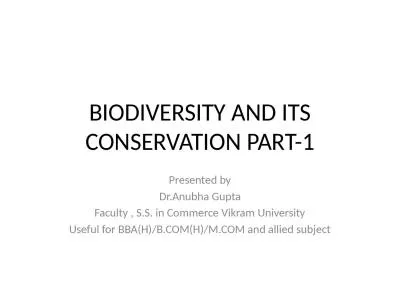PPT-Biodiversity and Availability of Medicines
Author : rivernescafe | Published Date : 2020-06-19
By Ismaeel Umar Yunus BPharm RPh African League Of Young Masters ALYM Weekly meeting 16th March 2013 Outline T he meaning of Biodiversity The scope of Biodiversity
Presentation Embed Code
Download Presentation
Download Presentation The PPT/PDF document "Biodiversity and Availability of Medicin..." is the property of its rightful owner. Permission is granted to download and print the materials on this website for personal, non-commercial use only, and to display it on your personal computer provided you do not modify the materials and that you retain all copyright notices contained in the materials. By downloading content from our website, you accept the terms of this agreement.
Biodiversity and Availability of Medicines: Transcript
Download Rules Of Document
"Biodiversity and Availability of Medicines"The content belongs to its owner. You may download and print it for personal use, without modification, and keep all copyright notices. By downloading, you agree to these terms.
Related Documents

